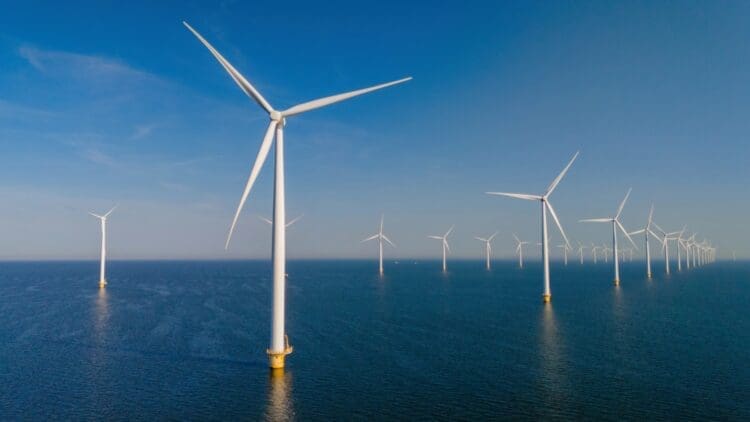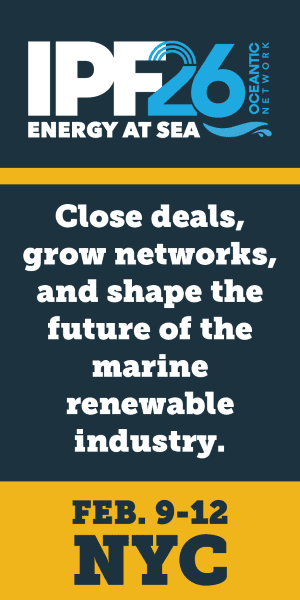As the global energy sector’s transition gains momentum, some regions of the world have seen significant issues. Reports have stated that Europe’s offshore wind industry is grappling with rising costs and policy hurdles in certain nations, leading to some companies pulling out of substantially large projects around the continent. However, market insiders have pointed to several steps that European nations can undertake to alleviate the pressure and significant challenges to Europe’s wind industry.
The European offshore wind industry is facing several problems that have stagnated the sector
As the world grapples with the need to diversify the energy sector, many regions of the world have seen significant issues placed at the feet of the renewable energy sector. Europe has attempted to lead the charge and invest in new and promising renewable energy projects. Despite the increased attention, the European offshore wind industry has faced several hurdles on the run to embracing the sector.
Among the litany of problems that the European offshore wind sector faces are:
- Several exceedingly large projects have been postponed or canceled due to costs exceeding potential revenue.
- Many European grids are not ready to integrate wind power. Germany has a fully built site that is sitting idle following construction being completed.
- Less than efficient auction design in several European nations has led to a slow adoption of the wind power sector.
- Lower-than-expected industrial demand has led to a supply bottleneck in Europe.
There is some light at the end of the tunnel for the European offshore wind industry
Despite the apparent issues faced by the sector, a recent informal meeting of European energy ministers has resulted in the concept of “tripartite contracts” to help Europe’s industry electrify with clean energy. Tripartite contracts envisage a future where government-led initiatives promote the integration of the wind power sector. Hope is a driving force in the world.
The European offshore wind industry has called for a new deal to be developed by stakeholders, where Governments commit to building 15 GW a year of new offshore wind from 2031 to 2040. Additionally, the industry commits to reducing costs by 30%, which would certainly help the sector navigate the treacherous waters of the energy sector.
Despite the significant challenges faced by the sector, investments are up this year
Putting the challenges faced by the wind power sector aside, total investments this year have increased. 6 new projects have taken Final Investment Decision: 3 in Poland, 2 in Germany, and 1 in the United Kingdom. These FIDs have a cumulative value of $25 billion, with the project in Poland being the largest ever private investment in the nation’s energy sector.
According to the current project pipeline and auction schedules, Europe could increase capacity from 37 GW to 80 GW of offshore wind by 2030. The recent news that VSB has activated a new wind project in northern Germany would certainly help the European offshore wind sector recover and navigate the issues it faces.
Europe’s embrace of the wind power sector will grow as demand across the continent rises
With the exceedingly cold European winter approaching, many nations can expect an uptick in energy demand as residents attempt to keep their homes warm. Add to that the increase in AI data centers across the continent, and Europe’s energy sector is facing a surge in new projects being commissioned to meet energy demand. Unfortunately, this year has not been kind to the European wind sector as the continent hit record wind power curtailments during the first nine months of the year. However, change is the only constant in this world, and the European offshore wind sector has the potential to bounce back once the mountain of issues has been dealt with.





